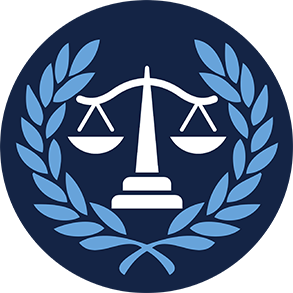Press Releases
Chairman Nadler Statement for the Subcommittee Hearing on Oversight of the U.S. Patent and Trademark Office
Washington, DC,
May 9, 2019
Today, House Judiciary Committee Chairman Jerrold Nadler (D-NY) delivered the following opening remarks during a Subcommittee on Courts, Intellectual Property, and the Internet hearing on oversight of the U.S. Patent and Trademark Office: “Mr. Chairman, today’s hearing focuses on what has been a time of great change to our innovation landscape. In 2011, we passed the most significant changes to the patent system in a generation with the America Invents Act, known as the AIA. As patent stakeholders were still adjusting to that, the Supreme Court issued a series of decisions on patent eligible subject matter, dramatically changing how the relevant statute, 35 U.S.C. § 101, impacted both patent examination and patent litigation. And these are only two of the biggest changes in a time when the patent system’s importance to American competitiveness has arguably never been more crucial to our increasingly knowledge-based economy. “When this Subcommittee held its last USPTO oversight hearing, almost exactly a year ago, Mr. Iancu had only recently been confirmed as the USPTO Director. Now that he has been Director for over a year, we have the opportunity to discuss what new policies his Office has implemented, where the patent and trademark systems stand today, and what role Congress needs to play to ensure that these systems are optimized for our nation’s innovators and entrepreneurs. “Turning first to the AIA, an important element of that legislation was the creation of procedures to challenge a patent’s validity after issuance by the USPTO. The most-used procedure, the inter partes reviews, or IPRs, have proven extremely popular and now handle around 1,500 cases a year. Because IPRs are now such an important part of the patent landscape, they have garnered much attention and have both supporters and critics. Congress intended IPRs to be a faster, more efficient way to challenge patents. The question before us now is how well these challenges are meeting that goal, and what impact have they had on the overall patent landscape. “To that end, Director Iancu, during his tenure, made a series of changes to the Patent Trial and Appeal Board, or PTAB, which hears these IPR challenges. To me, these changes raise the question of whether Congress delegated the right amount of rulemaking authority to the USPTO to adjust these proceedings over time. I worry about an adjudicatory process that changes too much with any change in Agency leadership. I look forward to the Director’s thoughts on how we can ensure stability and predictability at the PTAB. “I also want to learn more about how IPRs have impacted the overall patent landscape. I understand from many stakeholders that they have succeeded in providing a less-expensive way to challenge patents that should not have been issued than in district court. At the same time, some stakeholders are concerned about the impact on some patent holders’ ability to enforce their rights, now that they may need to go through an IPR proceeding before a court will hear their infringement claim. “Additionally, as most IPRs have parallel litigation in district courts, some ask whether the AIA lived up to its promise of delivering more efficiency, or if it has simply fostered duplication. “Another topic on which Director Iancu has taken action is on patent eligible subject matter. He recently issued new guidance to patent examiners that distilled the existing case law into a streamlined test, rather than have patent examiners—most of whom are not lawyers—essentially apply a case law approach when assessing this issue. While this move is understandable given the need to provide clear guidance to 8,000-plus patent examiners, the USPTO does not have rulemaking authority in this area. “I am curious, therefore, about the process used for distilling the case law into guidance, especially given that some of the case law seems to be in conflict. “Most importantly, I am interested in how the USPTO is ensuring that the patents it issues deserve the presumption of validity with respect to this issue, if there ends up being a clear divergence between the USPTO’s guidance and the Federal Circuit. “Without doubt, Director Iancu has the reigns of this Agency at an important time. The United States is a world leader in innovation, which is a key driver of economic growth. His stewardship of the USPTO is vital to ensuring that the United States remains in this position. I look forward to his testimony, and I yield back the balance of my time.” |



